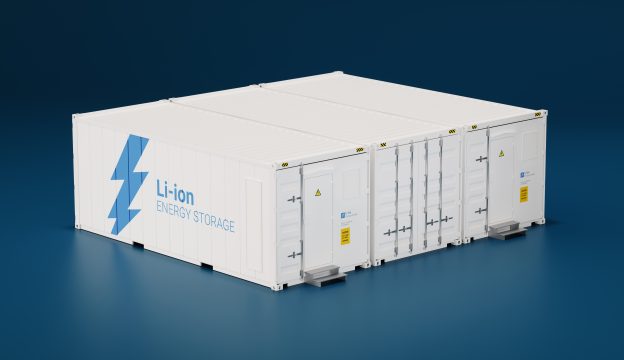 |
Though a controversial idea, power generation by nuclear fusion reactions continues to draw interest from the scientific community. The Max Planck Institute of Plasma Physics (IPP), which is a major research center in Germany dedicated to the studying of fusion power, recently announced that a milestone has been reached with its experimental fusion reactor (stellarator) named Wendelstein 7-X (W7-X). Researchers have found that the use of graphite tiles to cover the interior of the stellarator’s plasma vessel allows for plasma of higher density, higher temperature, and longer discharge period.
Nuclear fusion is made possible by the reaction of deuterium and tritium, which are the isotopes of hydrogen. Under high temperature and pressure, these two hydrogen isotopes would fuse together to create helium, free neutrons, and a massive amount of energy that can be used to produce electricity. The main advantage of nuclear fusion is that it does not create radioactive wastes nor greenhouse gases. W7-X belongs to a type of experimental fusion reactors that use magnetic fields to contain the hydrogen isotopes that have turned into plasma inside the reactor vessel due to the application of heat and pressure. Specifically, W7-X is based on the stellarator design and is shaped like a wrinkled hair band (a twisted torus tube inside a twisted helical ring of low-power magnet coils). Besides the stellarator, another reactor design based on the magnetic confinement technology is the tokamak reactor that was developed by Russian physicists. A tokamak reactor is shaped more like a standard ring torus (similar to a huge donut).
IPP began building W7-X in 1993, and the construction of the reactor was completed in 2014. The ring vessel that contains the plasma is 16 meters in diameter. As for the magnetic coils that envelop the vessel, the entire spring-like structure contains about 50 superconducting magnets and is 3.5 meters in height. Equipment upgrades have been made to the stellarator in order to improve its performance.
Between March 2016 and September 2017, scientists at the IPP lined the inside of the container vessel with 8,000 pieces of graphite tiles and installed 10 divertor modules. The graphite tiles reinforce the protection of the vessel’s walls from the heat of plasma. The divertor modules, which are also inside the vessel, remove unwanted particles that are escaping from the plasma. This in turn increases the temperature, density, and purity of the plasma. Furthermore, the measurement capabilities of the reactor equipment are also enhanced.
With the graphite cladding, W7-X can now generate plasma discharges that last up to 26 seconds on average (6 seconds more than previous attempts without the cladding). At the same time, the divertor modules can increase the heating energy that is fed into the plasma by 18 times (up to 75 megajoules).
According to IPP’s press release, the plasma in W7-X can reach an ion degree of 40 million degrees Celsius and a density of 0.8 x 1020 particles per cubic meter. Under these conditions, the resulting fusion process will yield a fusion product of 6 x 1026 degrees x second per cubic meter – the best record for stellarators worldwide. Thomas Sunn Pedersen, a professor at IPP, said that W7-X is showing “excellent value” for a fusion reactor of this size.
In April 2018, a team from the Princeton Plasma Physics Laboratory (PPPL) of the US Department of Energy arrived at IPP to raise the efficiency of the magnet coil system and correct “error fields” that negatively affect the integrity of the entire reactor. With the help of the PPPL team, W7-X was able to create plasma discharges that persisted for 30 seconds.
Going forward, the scientists at IPP will proceed with a major extension for W7-X in the autumn of 2018. Moreover, they will replace the graphite tiles of the divertor modules with components that are made of a carbon-reinforced compound material and are also water-cooled. The official press release stated that this equipment optimization could significantly prolong the duration of the plasma discharge to 30 minutes. A stellarator that could sustain a plasma discharge for such a long period would be an important positive confirmation on the practicality of nuclear fusion for utility-scale electricity generation.
(The above article is an English translation of a Chinese article written by Daisy Chuang. The credit of the photo at the top of the article goes to the Max Planck Institute of Plasma Physics.)







